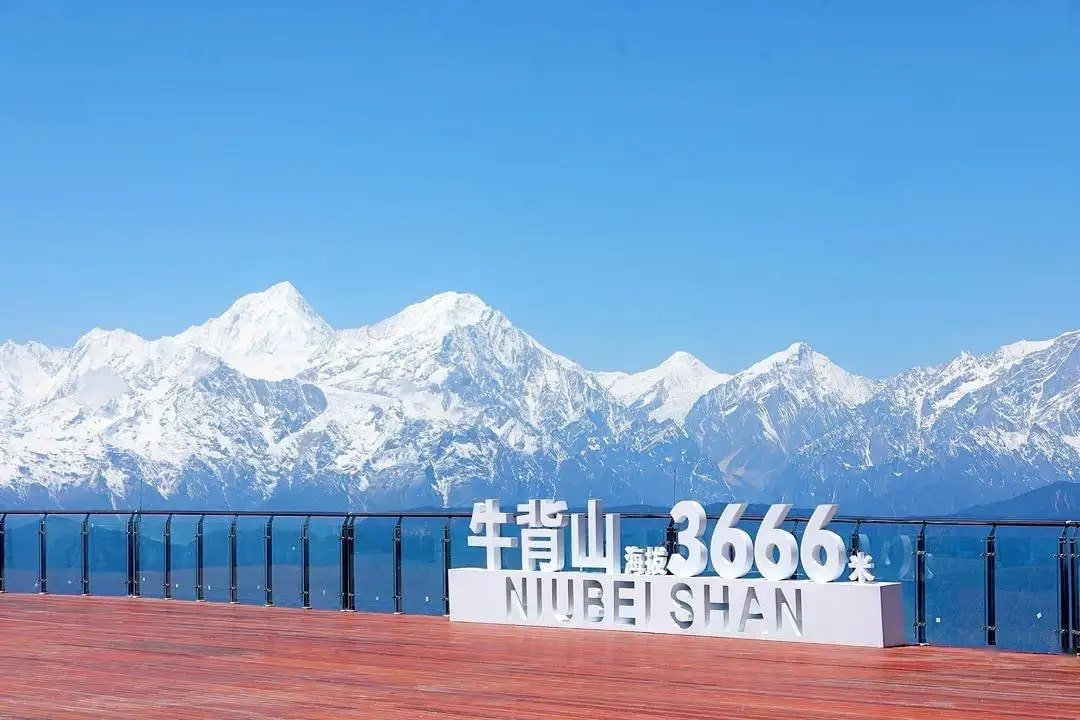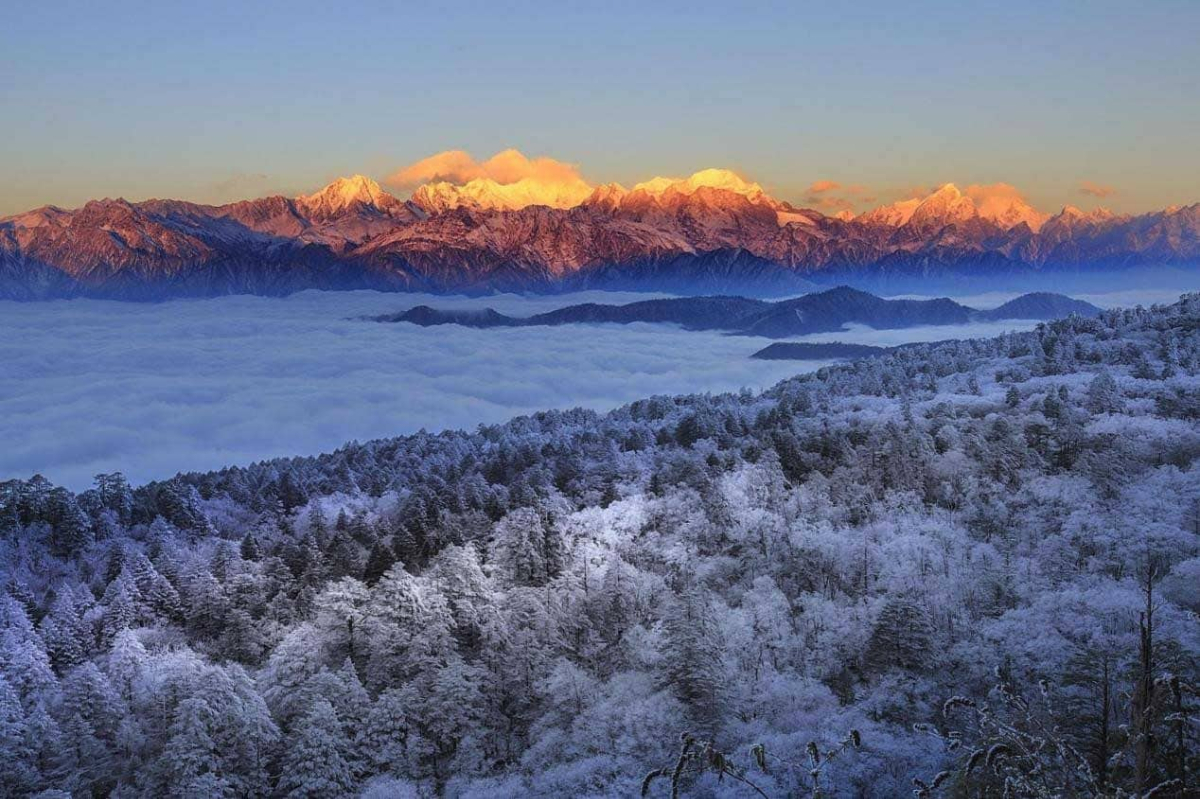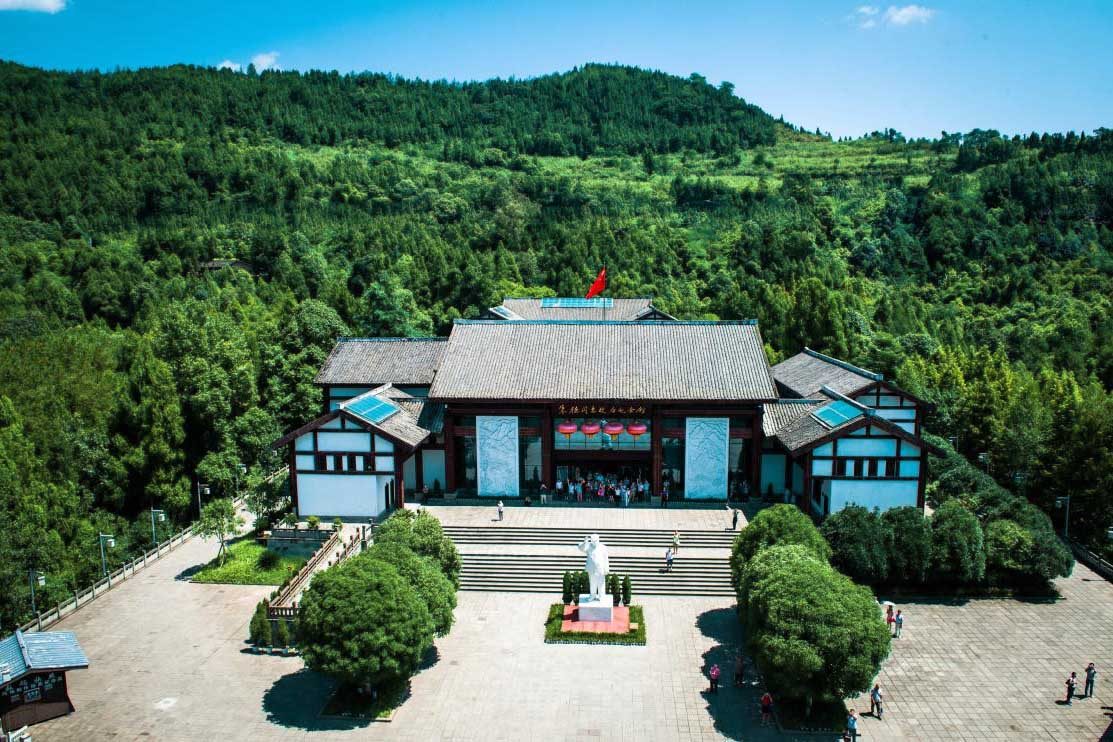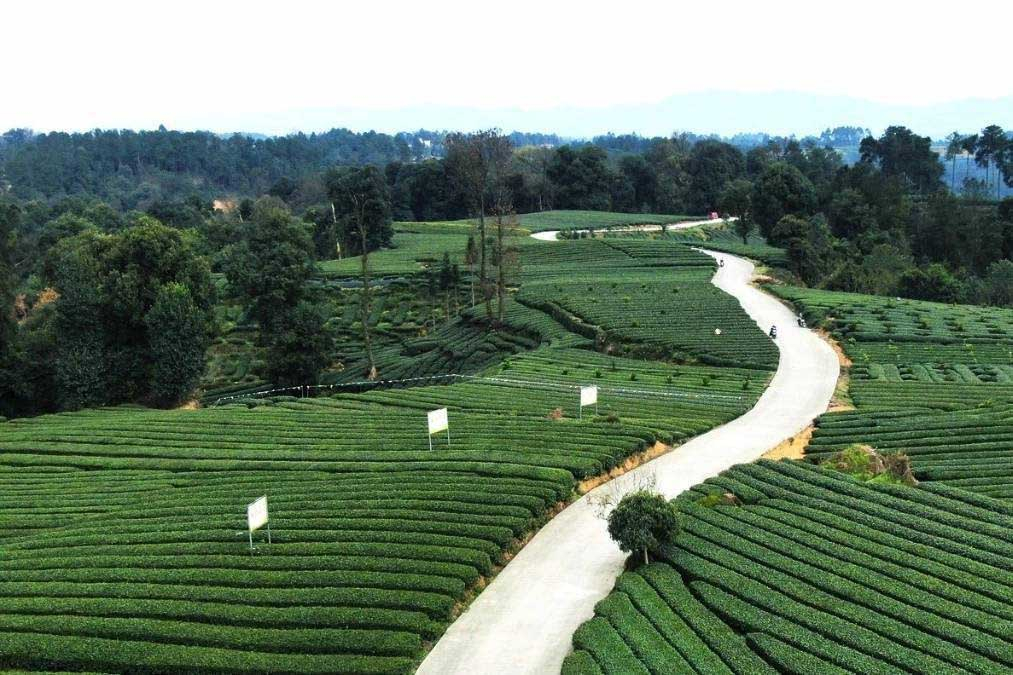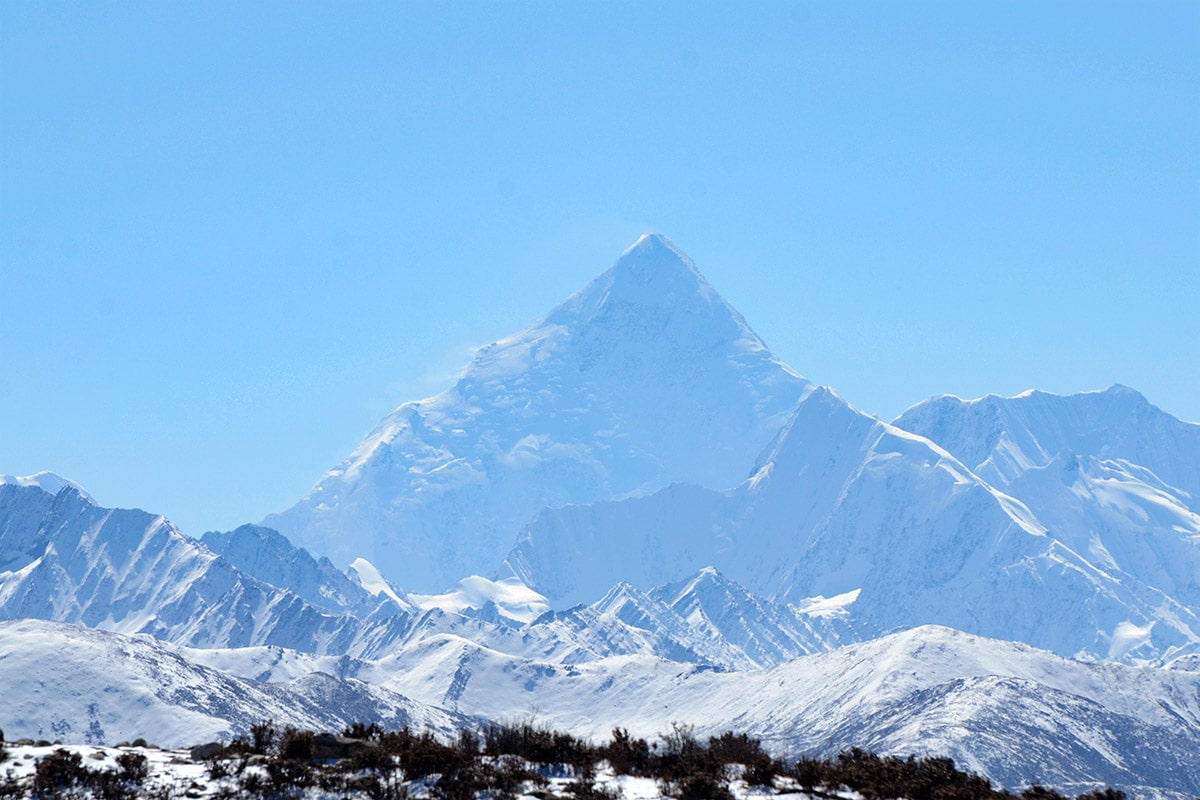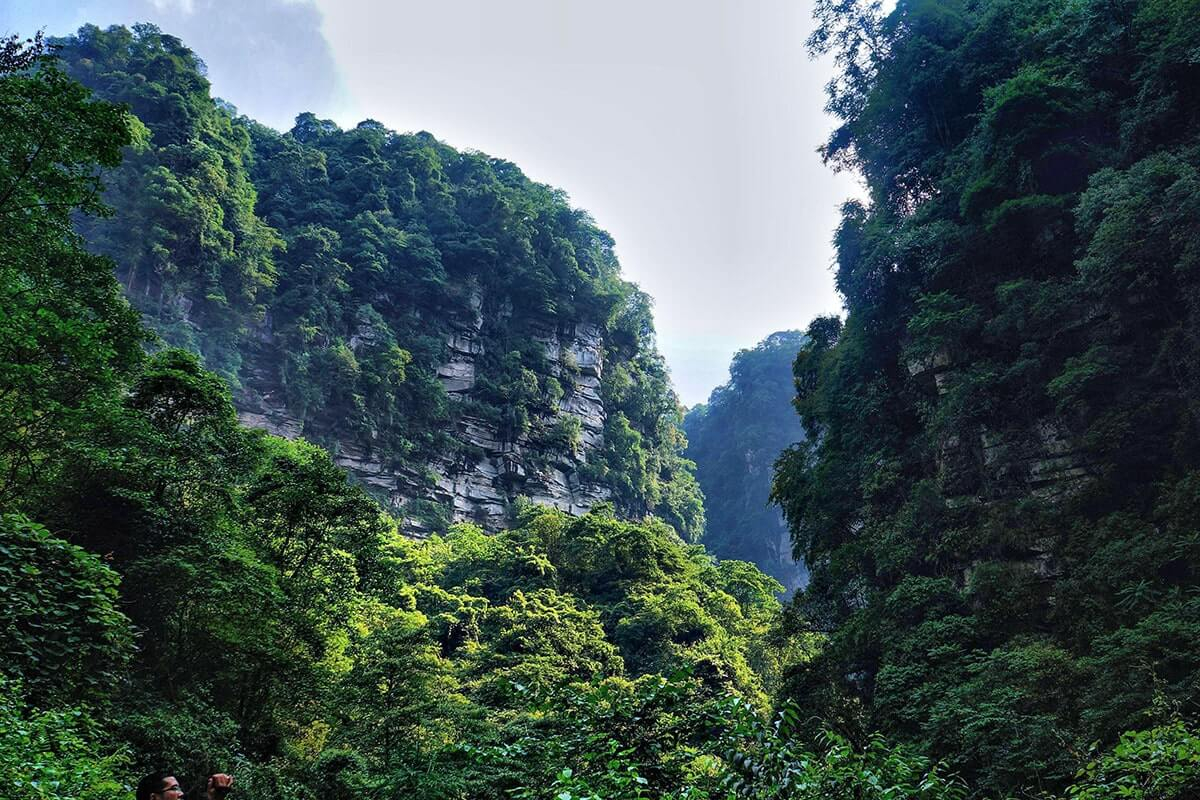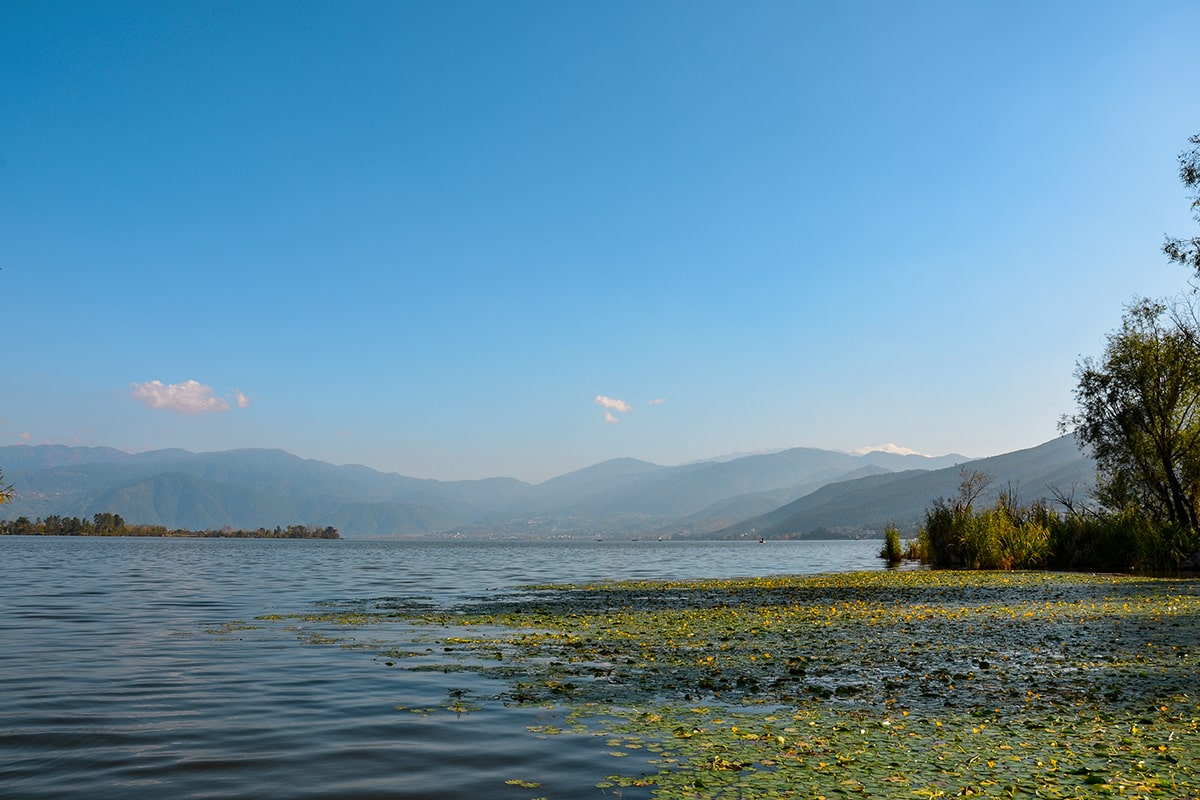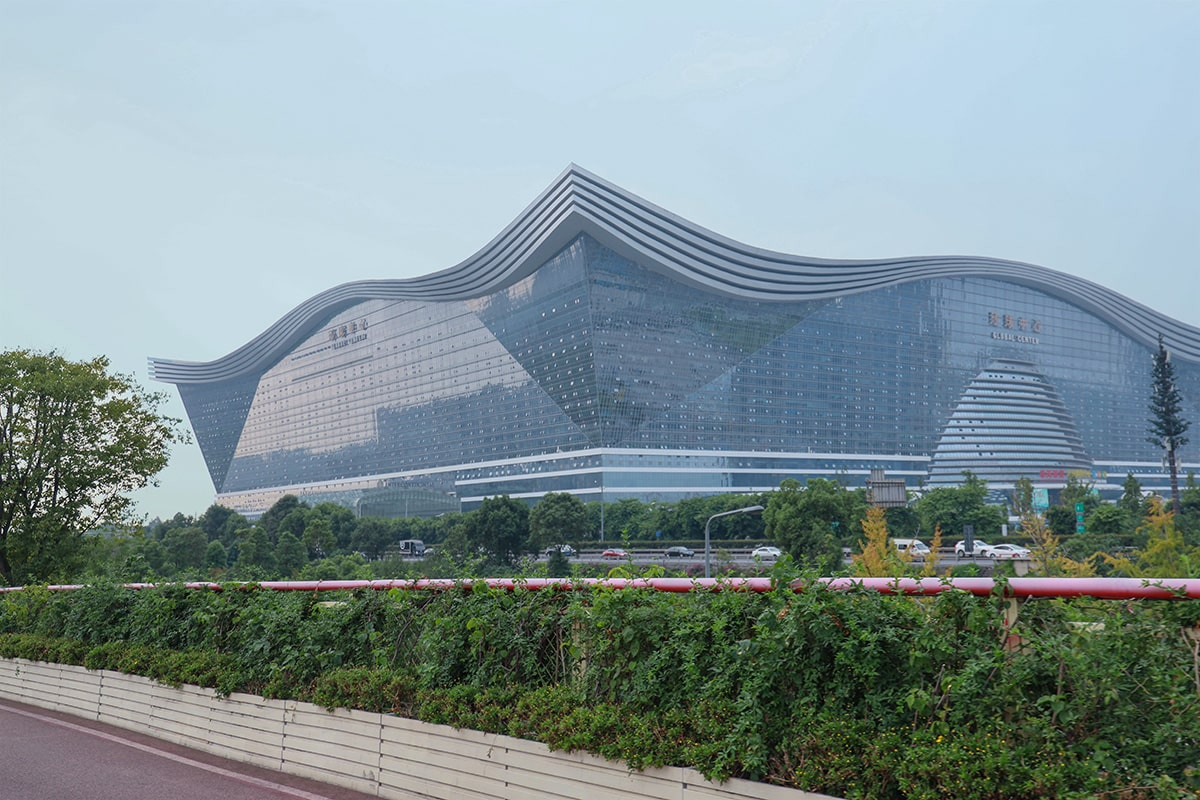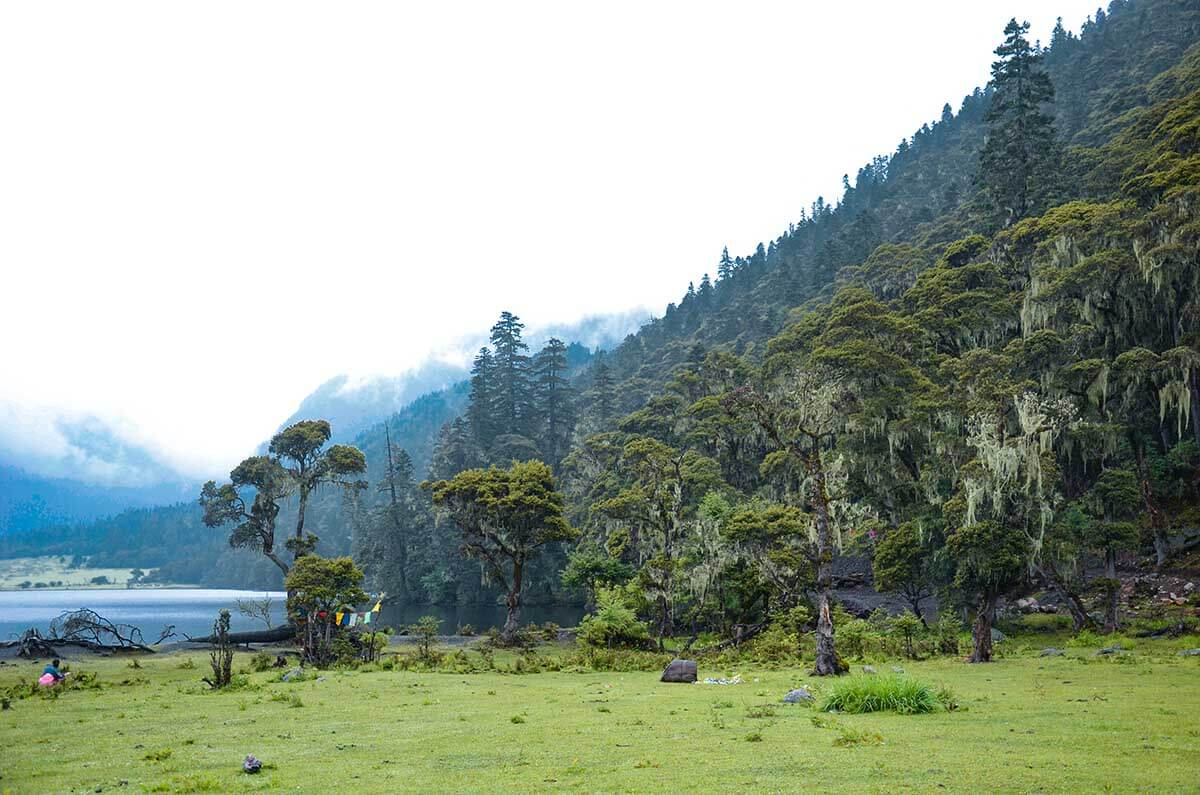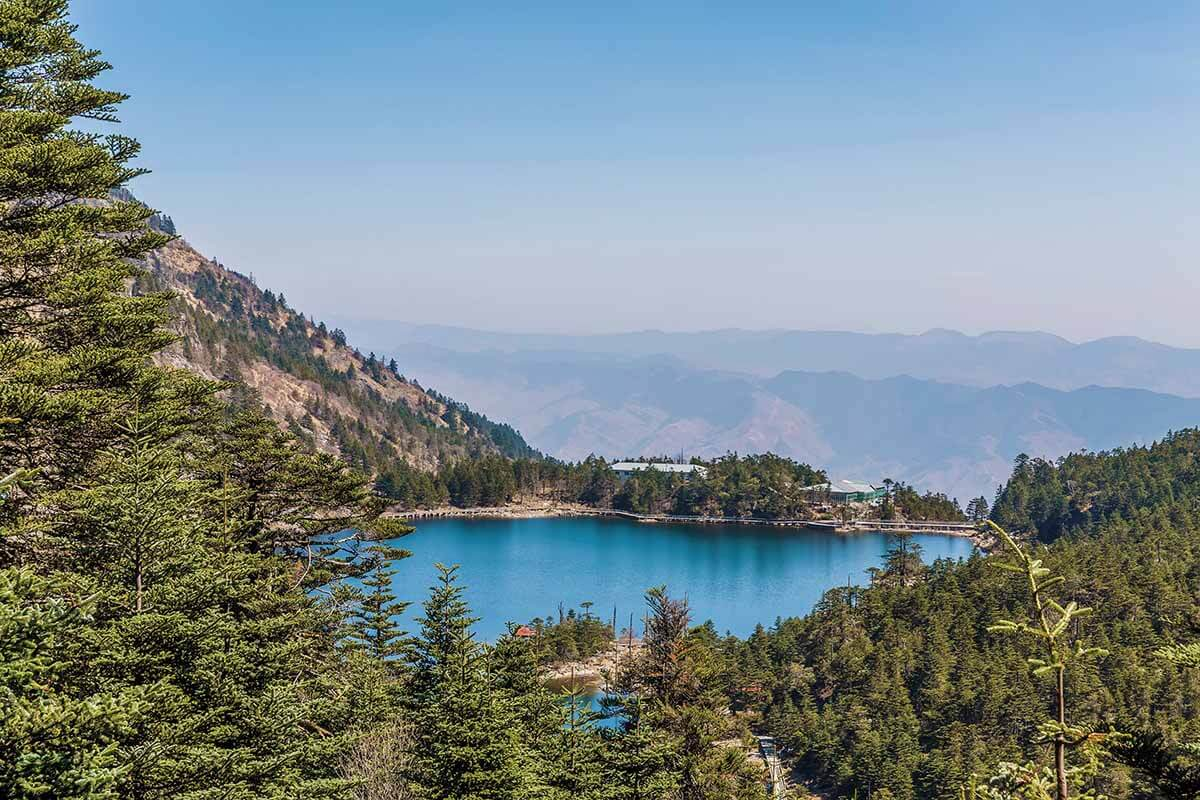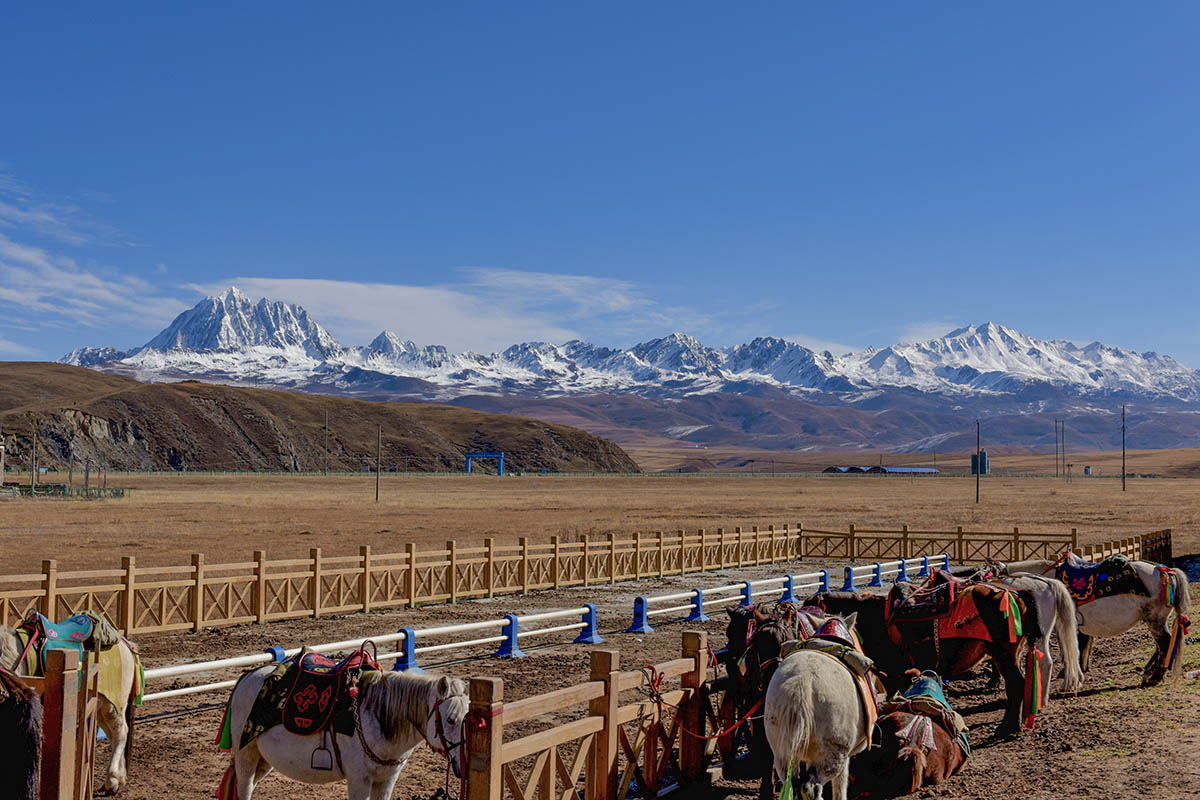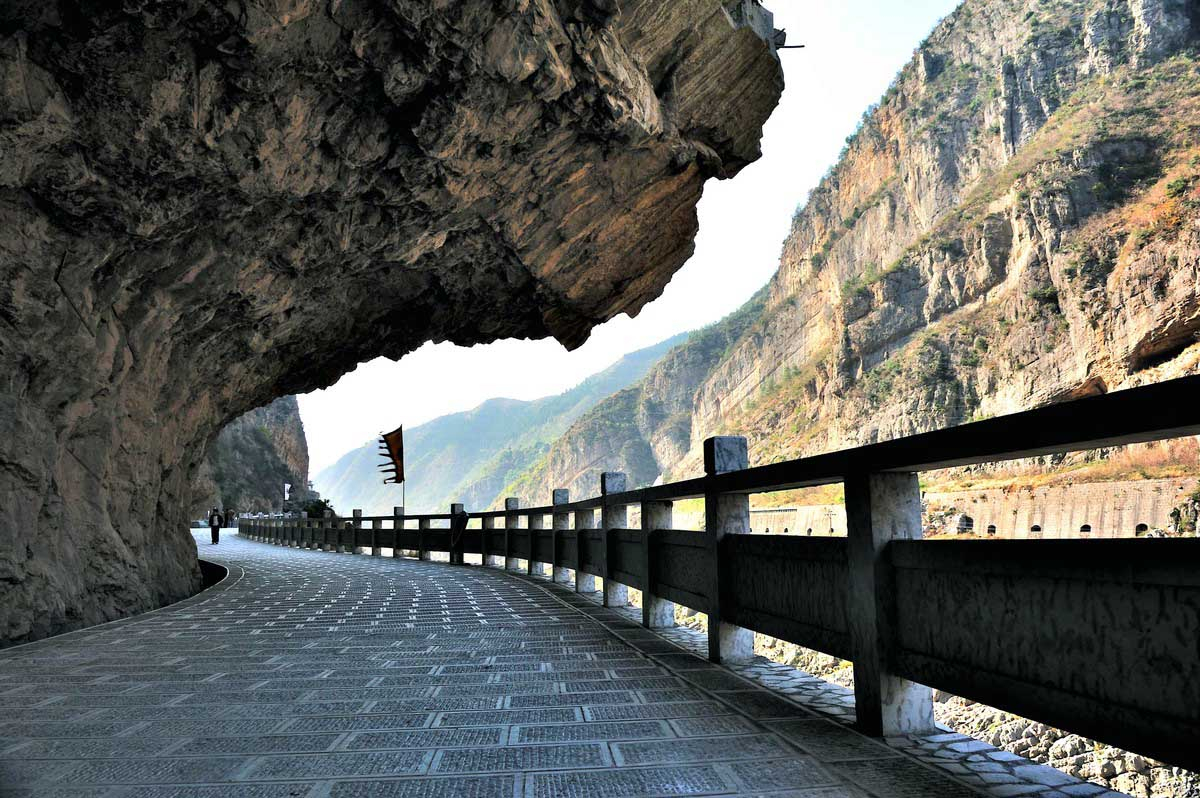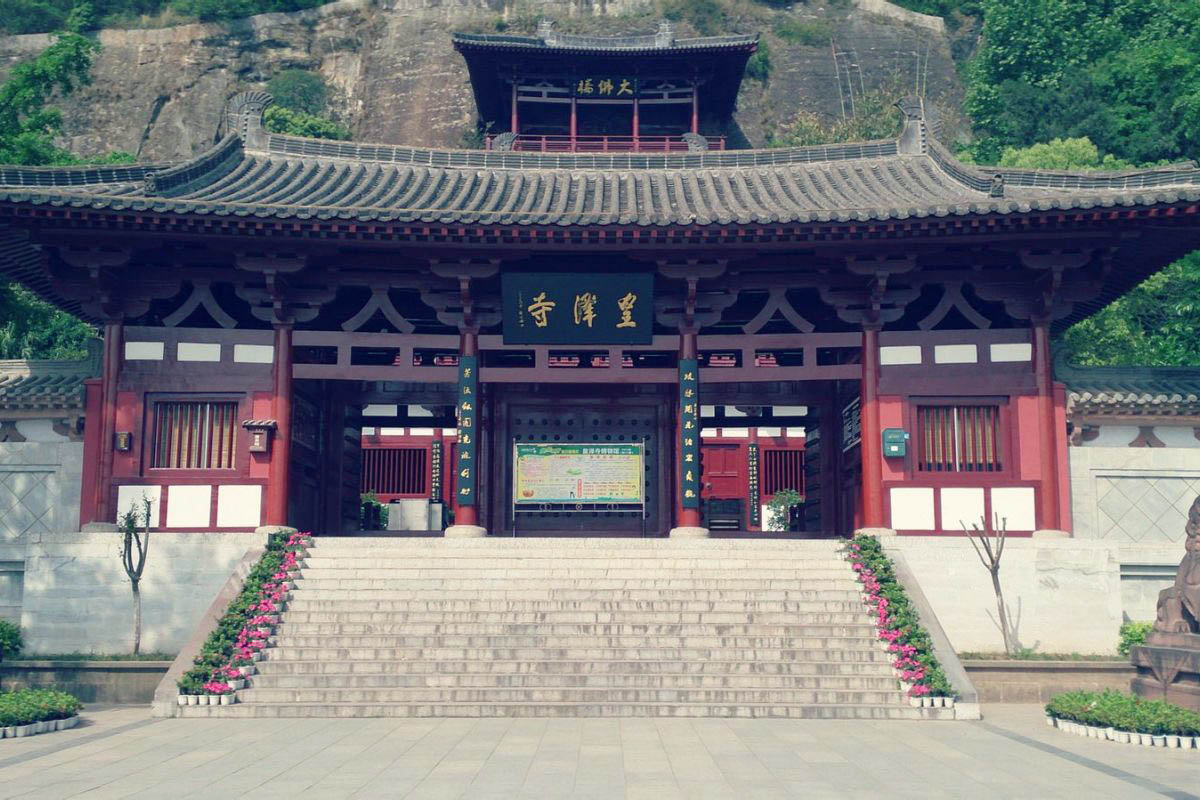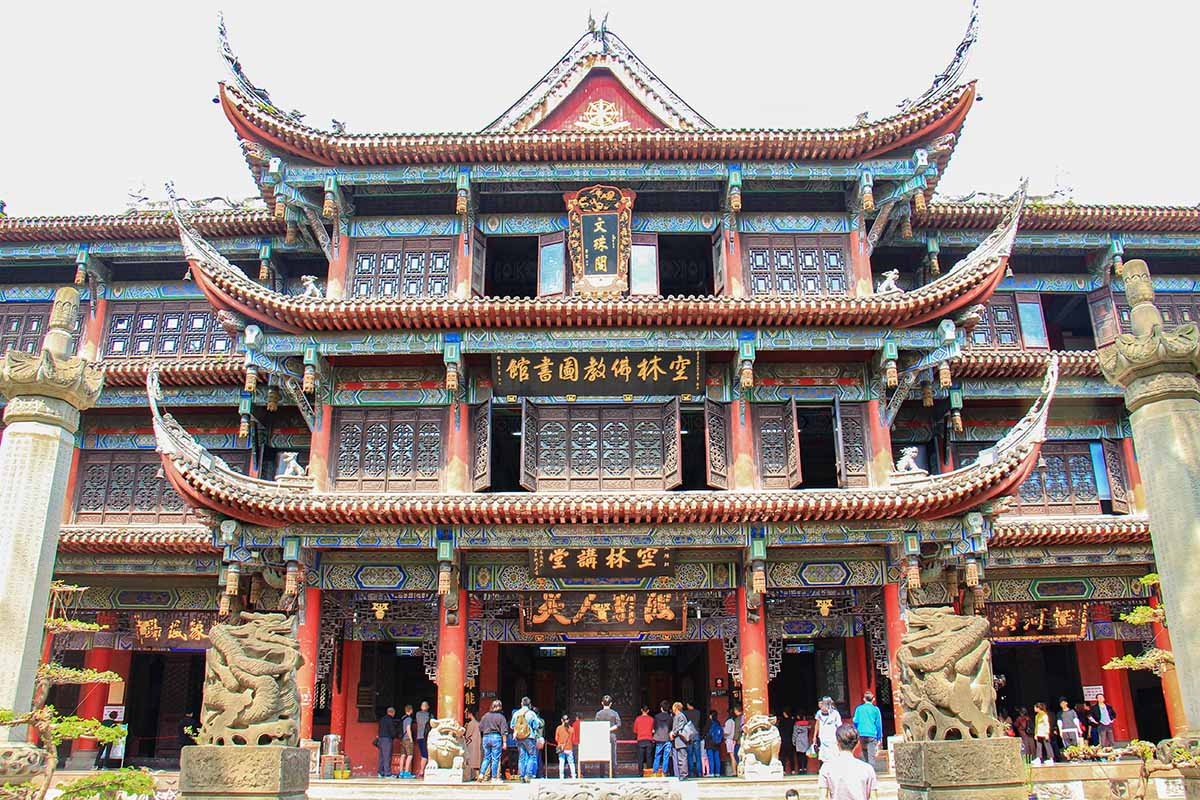Wangjiang Tower park
Chinese Name: 望江公园 (Wang Jiang Gong Yuan)
Location: No.30 Wangjiang Road, Wuhou District, Chengdu, Sichuan Province
Ticket: Free for the park; CNY20.00 for entering the tower
Estimated tour time: 1-2 hours
Recommended time to visit: All year round
Nearby attractions: Sichuan University, Donghu Park, Chunxi Road, Jinli Street, People’s Park, etc.
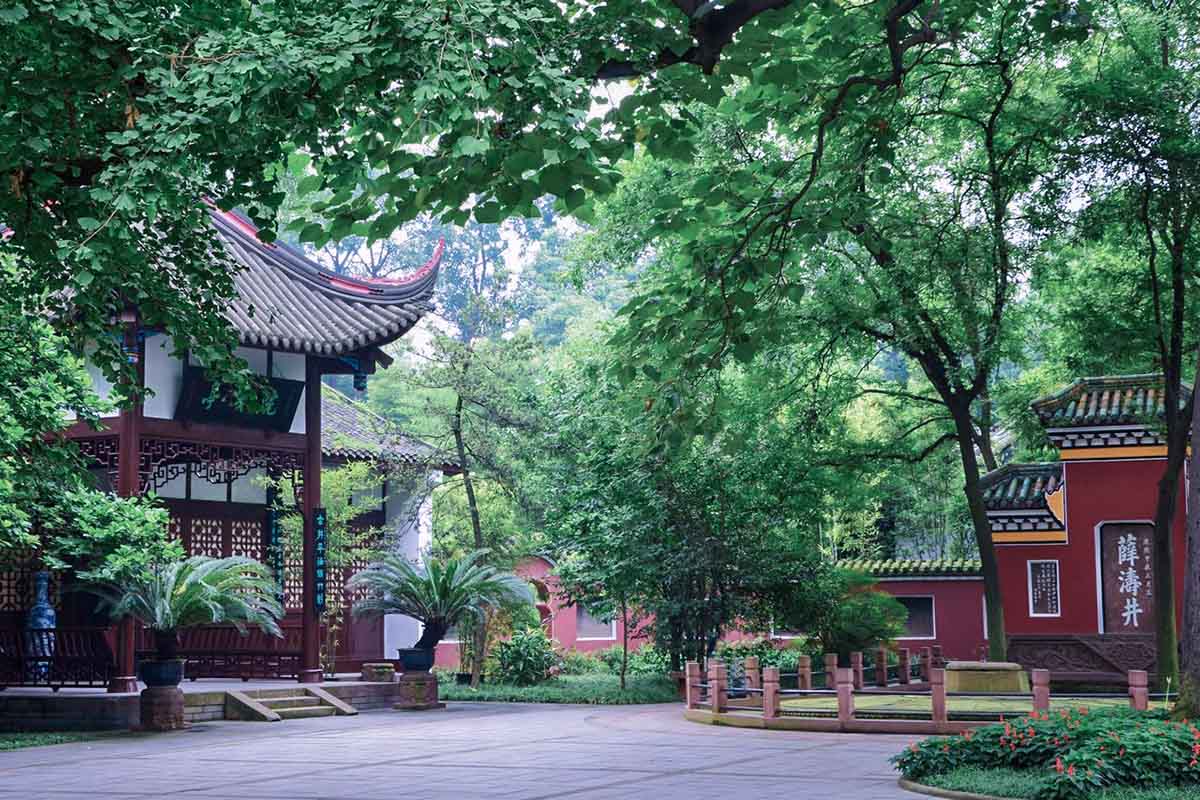
Wangjiang Tower park is located on the south bank of Jinjiang River, Covering an area of 188 mu (31 acre), it is divided into 2 sections: historic reservation area (39 mu/6.4 acre) and open garden area (149 mu/24.5 acre). The open area is mainly composed of bamboos, because Xue Tao loved bamboo all her life and people planted all kinds of excellent bamboos in the garden in memory of her.It is wide-known as a cultural site with poetic fragrance and natural garden with emerald plants in addition to a local park.
● Highlights of Wangjiang Tower Park
Chongli Pavilion
As one of the landmark buildings of Chengdu, it is built beside the Jinjiang River, so it is also called Wangjiang Tower (tower overlooking the river) by local people.
Chongli Pavilion was built in 1889, the 15th year of Emperor Guangxu’s reign, which is 27.9 meters high. It is a wooden structure with tenons, painted pillars, black tiles, overhanging eaves and gilded roofs. The characteristic of the building is ;that it has four floors among which the first and second floors have four walls, and the third and fourth floors have eight walls, implying stableness in all directions as in Chinese “四平八稳” (literally: four flat eight steady) means very steady. On the roof ridges and bows of each floor are decorated with figure statues and clay sculptures of birds and animals. Besides, the ceilings of the bottom and top floors are painted with patterns of phoenix playing with peonies and coiled dragons. According to historical records, the predecessor of this building was Huilan Tower (回澜塔), which was destroyed in the war in the 17th year of Emperor Chongzhen (1644) in the Ming Dynasty (1368-1683). Since then, the air of literature in Sichuan has been weak, so this building was rebuilt to encourage writing.
Xue Tao Well
Xue Tao Well is the main relic in memory of Xue Tao, the famous poetess in Tang Dynasty (618-907), which is also one of the oldest relics in the park. Xue Tao Well was formerly named Yunv Jin (玉女津) with clear and sweet water. Now the words "薛涛井" on the stele behind the well is written by the magistrate of Chengdu in 1664. Since then, it has been officially called "Xue Tao Well" and has become a place for later generations to pay homage to the poetess.
Xue Tao’s Tomb
Xue Tao (about 768-832) is from Chang'an (now Xi'an, Shaanxi). Her father Xue Yun (薛郧) was an official in Sichuan Province, so she and her mother lived in Sichuan even after her father’s death. More than 500 poems had been written in all her life, but there are only around 90 poems left now. She is the poetess with the most poems left in Chinese history who is also very proficient in calligraphy. According to historical records, Xue Tao died in 832 A.D., there was a tomb of Xue Tao in Sichuan University but was destroyed during the Great Cultural Revolution (1966-1976). To commemorate Xue Tao, the Research Association of Xue Tao rebuilt her tomb in Wangjiang Tower Park in 1994.
- HOTEST
- RECOMMEND
